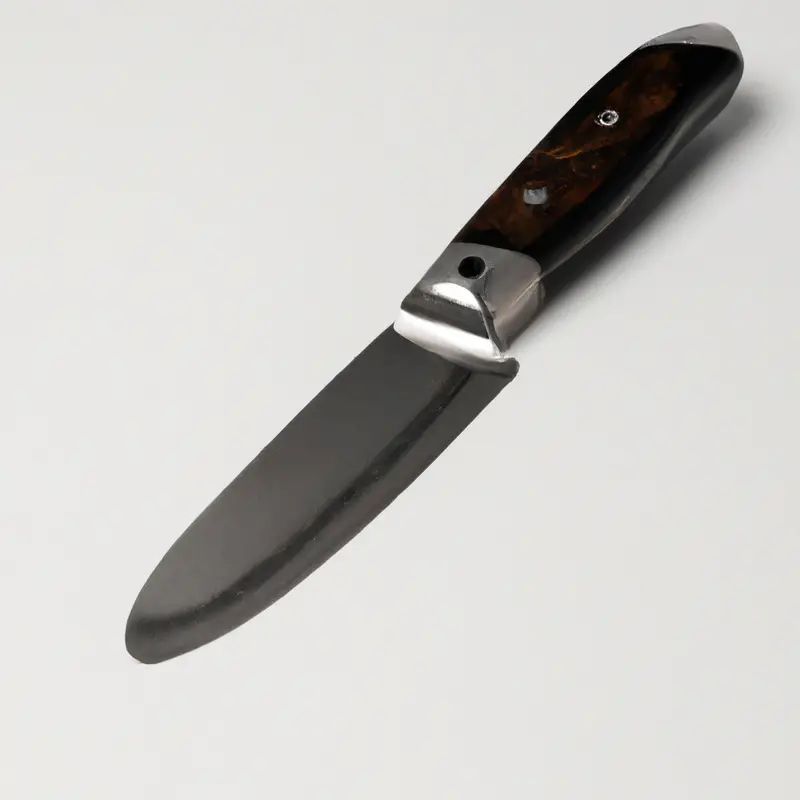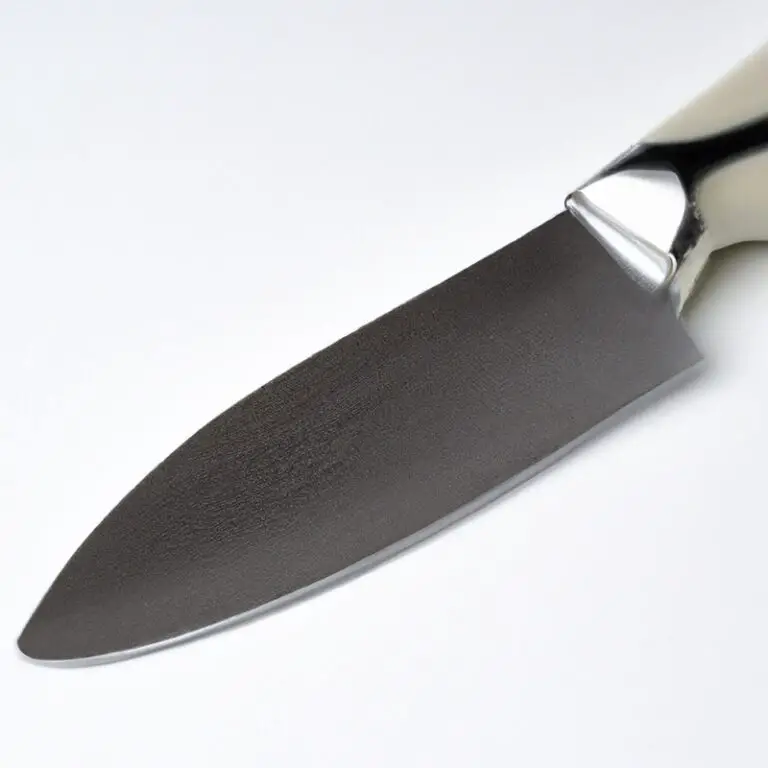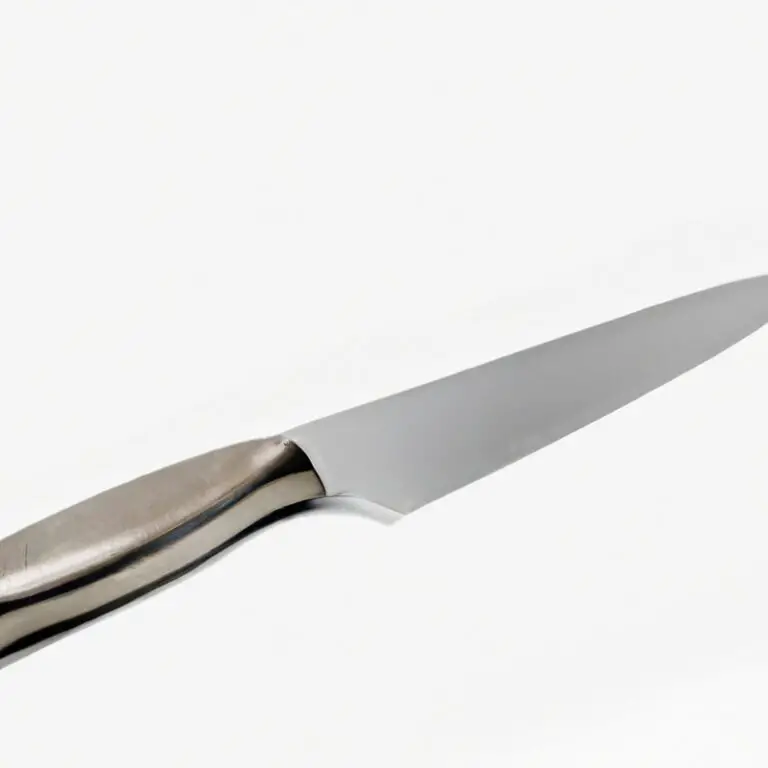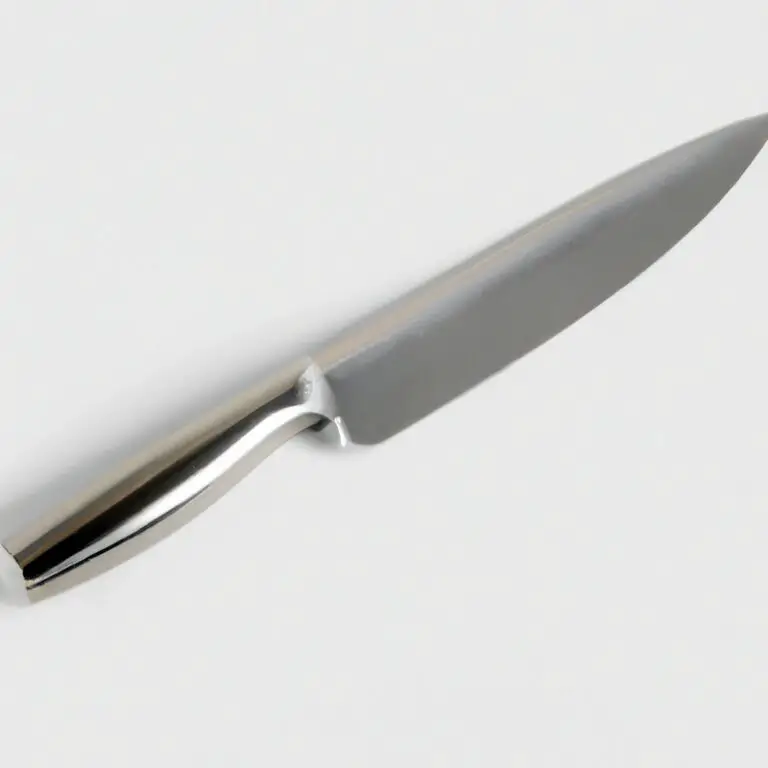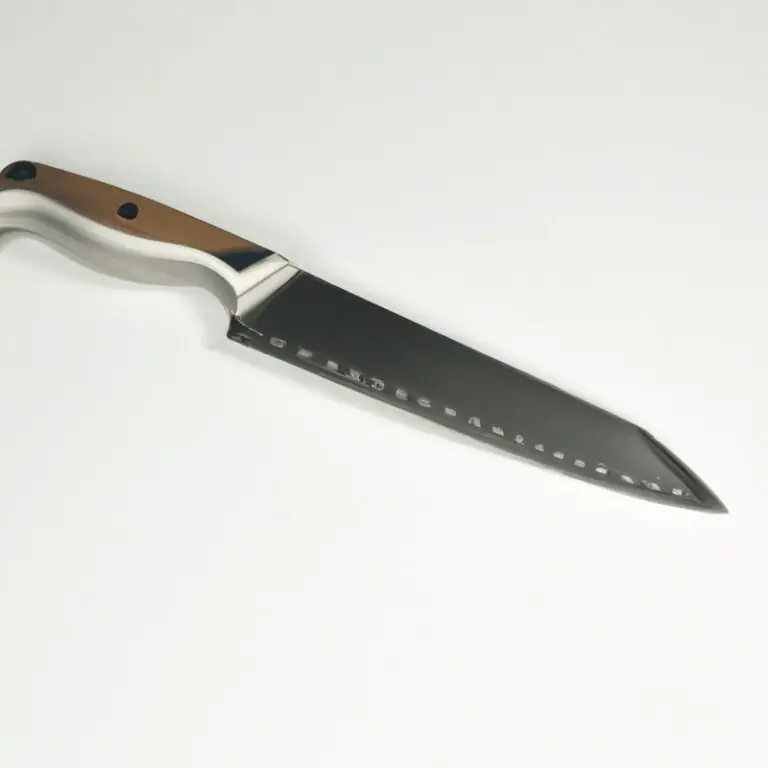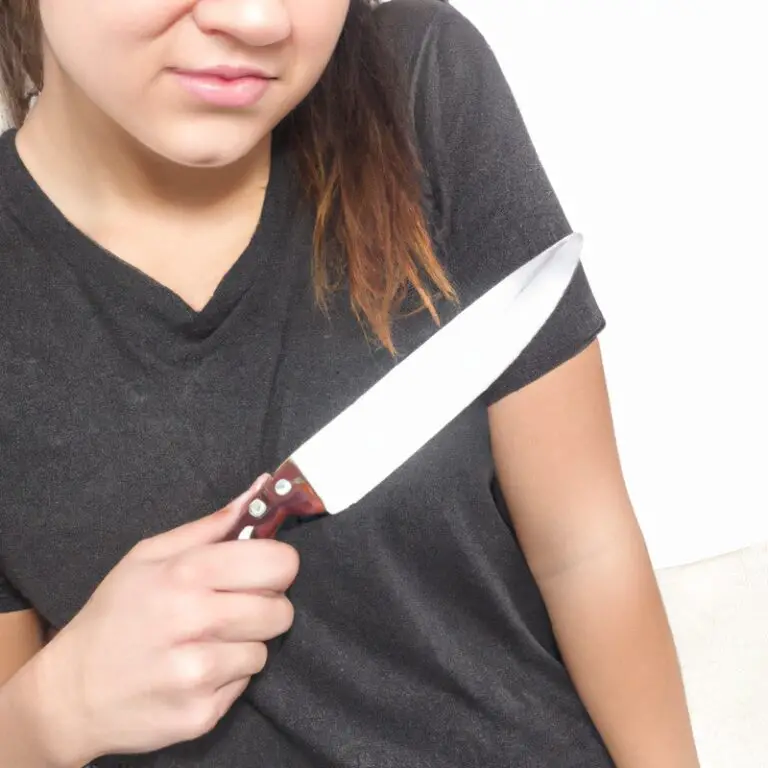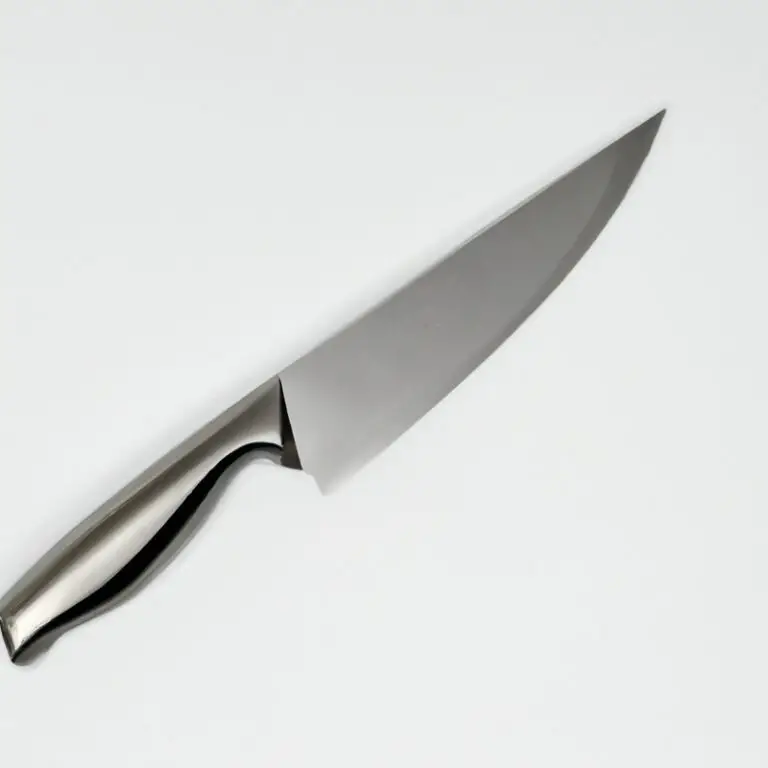Can I Use a Paring Knife To Slice Small Cuts Of Fish? Easily
Key Takeaways:
- While a paring knife can be used to slice small cuts of fish, it is not the most effective tool for the job.
- A fillet knife or a chef’s knife is better suited for cutting fish due to their longer blades and sharper edges.
- Using the wrong type of knife can result in uneven cuts, damage to the fish, and potential injury to the user.
- It’s important to choose the appropriate knife for the task at hand to ensure optimal results and maintain safety in the kitchen.
When it comes to preparing fish dishes, having the right tools is essential. But what if you don’t have a fancy set of knives or are just starting?
Fear not, because the humble paring knife might just be the answer to your fish slicing needs.
In this article, we’ll explore the role of a paring knife in the kitchen, techniques for using it to slice small fish cuts, and tips and tricks to achieve precision and accuracy. You’ll also learn how to maintain and sharpen your paring knife, common mistakes to avoid, and safety precautions to keep in mind while preparing fish at home.
Understanding the Role of a Paring Knife in the Kitchen
A paring knife is a small, sharp, and versatile kitchen tool that is mainly used for precision cutting, trimming, and slicing of fruits and vegetables. Although it may not be the first knife that comes to mind when preparing fish, it can still be a useful tool for slicing small cuts of fish.
Paring knives usually have a blade length of 3-4 inches, making them ideal for delicate and intricate cutting tasks such as removing bones, skinning, and filleting small fish.
It is crucial to choose a paring knife made of high-quality materials such as stainless steel or carbon steel and to keep it sharp to achieve precise cuts. With proper techniques, a paring knife can be an efficient and effective tool for slicing small fish cuts.
However, it is important to note that paring knives may not be suitable for larger cuts of fish or for tasks that require more force, such as chopping bones or thick fillets.
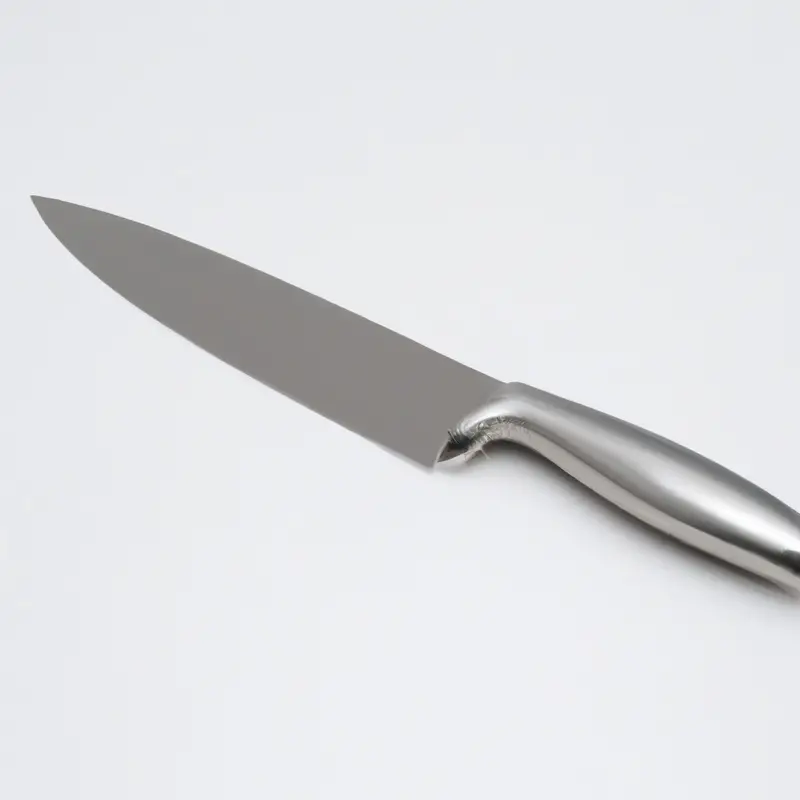
Choosing the Right Knife for Slicing Small Fish Cuts
When choosing a knife for slicing small fish cuts, it’s important to look for a sharp and thin blade. A fillet knife or a utility knife is the ideal choice for this type of task, as it offers the precision and control needed to make accurate cuts on small fish pieces.
A paring knife, on the other hand, may not be the best option, as it is designed for smaller tasks like peeling or trimming, and its blade may not be long enough to cut through thicker parts of the fish.
Keep in mind that the quality of the knife is also a crucial factor, as a sharp and well-made knife will not only make your task easier, but also ensure safety and longevity of the tool. Always invest in a high-quality knife and maintain it well to get the most out of your purchase.
How to Safely Handle a Paring Knife for Fish Cutting
To safely handle a paring knife while cutting fish, there are a few key steps to follow:
- Keep your knife sharp: Dull knives increase the risk of slips and can cause accidents. Sharpen your paring knife regularly before each use.
- Grip your knife correctly: Hold the handle of the knife with your dominant hand, keeping your fingers curled around the handle for better grip. Your thumb should be pressed on the opposite side of the handle.
- Keep your fingers away from the blade: To avoid injuring your fingers, position them behind the blade, ensuring they are curled away from the edge of the blade.
- Use a cutting board: Place a non-slip cutting board on a surface that is stable and secure. The cutting board should be larger than the fish to provide additional space for cutting.
- Cut with a sawing motion: To cut small fish slices, hold the blade flat and use a sawing motion to slice through the flesh. Avoid applying too much pressure to the blade, as this can cause the knife to slip.
By following these steps, you can safely use a paring knife for small fish cutting. Remember, always exercise caution while handling a sharp blade and practice safe cutting techniques to avoid injuries.
Techniques for Slicing Small Fish Cuts with a Paring Knife
When slicing small fish cuts with a paring knife, it’s important to have a firm grip on both the knife and the fish. Start by placing the fish on a cutting board and securing it using a non-slip mat or a damp cloth.
Hold the knife with three fingers, with your index finger on top of the blade for better control.
Make light, steady strokes instead of attempting to cut through the fish in a single stroke. Keep the blade in contact with the skin while slicing, using a sawing motion if necessary to cut through bones.
Take your time and don’t rush the process, as this will increase the likelihood of injury.
For best results, use a sharp paring knife with a pointed tip for precise cutting. After slicing, use a sharp chef’s knife to remove any remaining flesh from the skin.
Practice these techniques regularly to improve your precision and accuracy in slicing small fish cuts with a paring knife.
Tips for Achieving Precision and Accuracy in Fish Cutting with a Paring Knife
To achieve precision and accuracy when cutting small fish with a paring knife, here are some tips to keep in mind:
- Keep the knife sharp: A sharp knife makes cutting easier and precise. Sharpen the blade regularly, and hone it before each use.
- Use a cutting board: Place the fish on a cutting board to prevent slipping and protect the blade from damage.
- Hold the fish firmly: Use your non-dominant hand to hold the fish steady while cutting.
- Use smooth, controlled cuts: Let the sharp blade do the work, and avoid applying too much pressure.
- Cut against the grain: Identify the grain of the fish and slice against it for cleaner cuts.
- Cut at an angle: To prevent tearing, cut at a slight angle rather than straight down.
- Use the tip of the knife: The tip of the paring knife can be used to make precise cuts for delicate fish.
By following these tips, you can successfully use a paring knife to slice small cuts of fish with precision and accuracy.
Maintaining and Sharpening Your Paring Knife for Optimal Performance
To ensure your paring knife provides optimal performance when slicing small cuts of fish, it is essential to maintain and sharpen it regularly. A well-maintained knife improves precision and accuracy while minimizing the risk of injury.
Below are some tips to maintain and sharpen your paring knife for optimal performance:
- Clean your knife immediately after use with warm, soapy water, and dry it thoroughly to prevent rust.
- Regularly hone the knife’s blade using a honing steel or sharpening stone to keep the blade edge straight and sharp.
- Sharpen your knife every few months using a sharpening stone or an electric sharpener. Sharpening stones are ideal for precise, detailed work, while an electric sharpener is handy for quickly sharpening the blades.
- Store your knife in a protective sheath or a knife block to avoid damage when not in use.
- Avoid cutting hard materials such as bones or frozen foods, as this can damage the knife’s edge or chip the blade.
By following these simple steps, you can maintain your paring knife’s optimal performance, ensuring that it remains efficient and reliable for slicing small cuts of fish.
Common Mistakes to Avoid When Using a Paring Knife for Fish Cutting
When using a paring knife for fish cutting, some common mistakes to avoid include applying too much pressure, using a dull knife, and not maintaining a consistent angle when slicing. Additionally, using the tip of the knife instead of the blade can cause injury and result in uneven cuts.
To prevent these mistakes, ensure your knife is sharp, hold the knife with a firm grip, and slice in a smooth, consistent motion.
Avoid using a back and forth sawing motion, as it can damage the fish and result in uneven cuts.
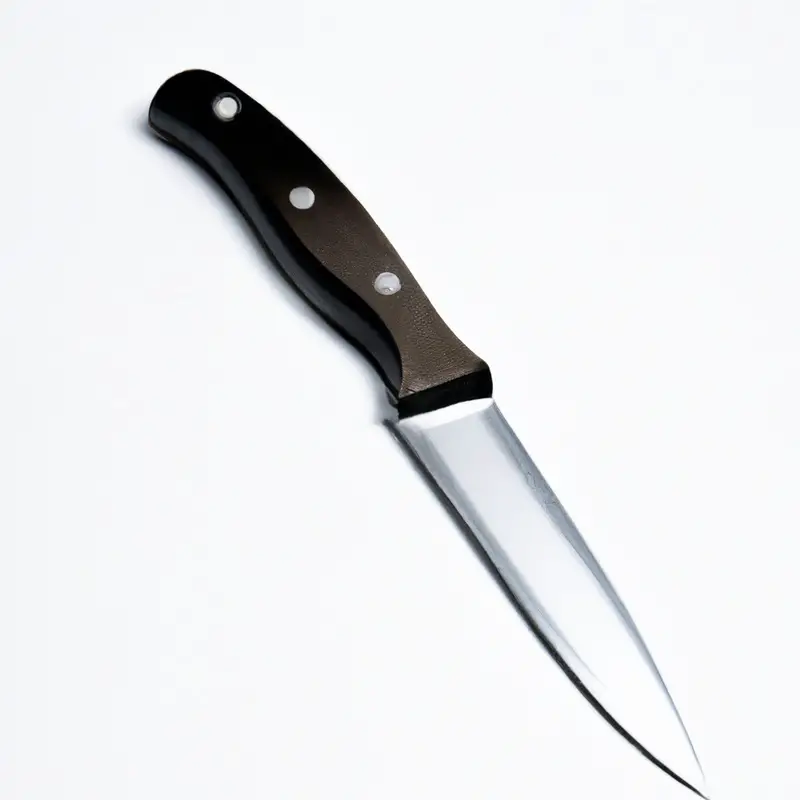
Alternative Tools and Knives for Handling Small Fish Cuts
While a paring knife can be used to slice small cuts of fish, there are alternative tools and knives that can make the job easier and more efficient. Some of these options include:
- Boning knife: This knife has a long, narrow blade that is specifically designed for deboning fish. Its sharp, flexible blade makes it ideal for removing bones and filleting fish.
- Fillet knife: Similar to a boning knife, a fillet knife has a long, thin blade that allows for precision cuts when filleting fish. It’s perfect for delicate cuts and intricate filleting.
- Chef’s knife: A versatile knife that can be used for a variety of tasks, including cutting small fish cuts. Chef’s knives are comfortable to hold and provide a steady grip for precise cutting.
- Serrated knife: A serrated knife is perfect for cutting through the tough skin of certain fish species. The serrated edge provides a sawing motion that allows for clean cuts.
Ultimately, the best knife for slicing small fish cuts will depend on personal preference and the type of fish being prepared. It’s important to choose a knife with a sharp blade to ensure clean cuts and to practice safe handling techniques while cutting.
Different Cuts of Fish and the Best Knives Suitable for Each Cut
Different cuts of fish require different knives for optimal results. Here are some common cuts and the recommended knives for each:
- Fillets: A fillet knife is the best option, as it allows for precise cuts and makes it easy to remove the bones.
- Steaks: A chef’s knife or a slicer is best suited for cutting through the bone and flesh.
- Whole Fish: A boning knife will make it easier to remove the head, skin, and bones.
- Sushi or Sashimi: A sashimi knife is thin and sharp, making it perfect for slicing fish into thin, even pieces.
Overall, it’s important to choose a knife that is appropriate for the specific cut of fish you are handling. Using the right knife will not only make the job easier, but it will also yield better results.
Safety Precautions to Consider When Preparing Fish at Home
When preparing fish at home, it is important to follow certain safety precautions to prevent foodborne illness and injuries. Here are some safety tips to consider:
- Always wash your hands with soap and water before and after handling fish.
- Keep fish refrigerated until you are ready to prepare and cook it.
- Use a separate cutting board and knife for fish to avoid cross-contamination with other foods.
- Thaw fish in the refrigerator or under cold running water instead of at room temperature to prevent bacterial growth.
- Cook fish to an internal temperature of 145°F to kill any harmful bacteria.
- Use caution with knives, especially when slicing small cuts of fish. Keep fingers away from the blade and use a proper cutting technique.
- Dispose of fish scraps and packaging properly to avoid attracting pests.
By following these safety precautions, you can ensure that your home-cooked fish is delicious and safe to eat.
Final Verdict
Using a paring knife for slicing small cuts of fish is not only possible but also practical. However, it requires proper handling, technique, and maintenance to achieve precision and accuracy.
As with any kitchen tool, safety should always be a top priority to avoid injury.
By following the tips and guidelines presented in this article, you can confidently prepare small cuts of fish with a paring knife. Remember to choose the right knife for the type of fish and cut, maintain its sharpness, and avoid common mistakes.
With practice and experience, you’ll be able to slice through small fish cuts like a pro.
By equipping yourself with knowledge and skills, you can enjoy the delicious taste of fresh fish in the comfort of your own home.

